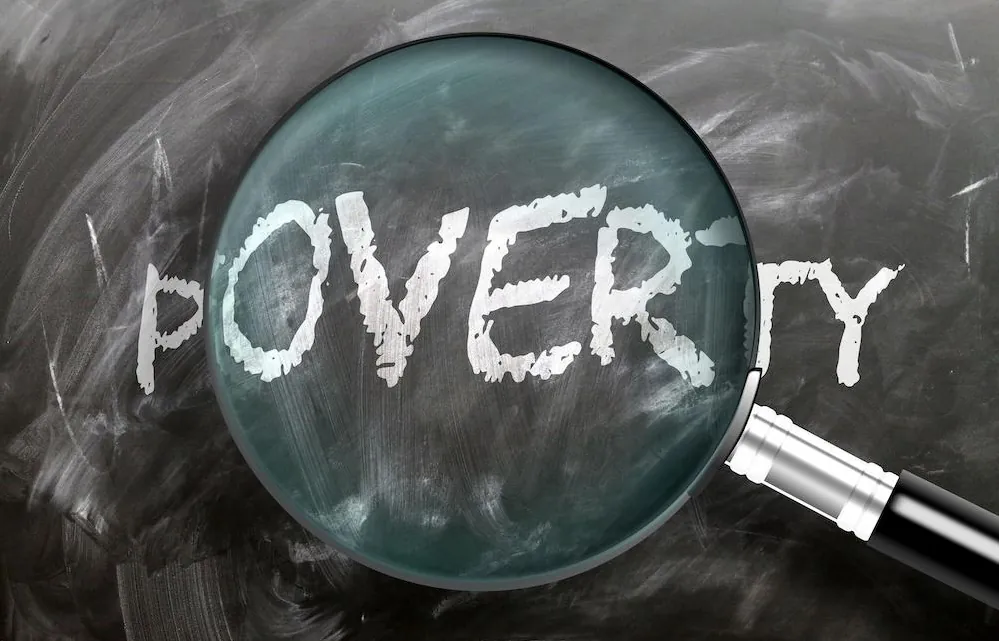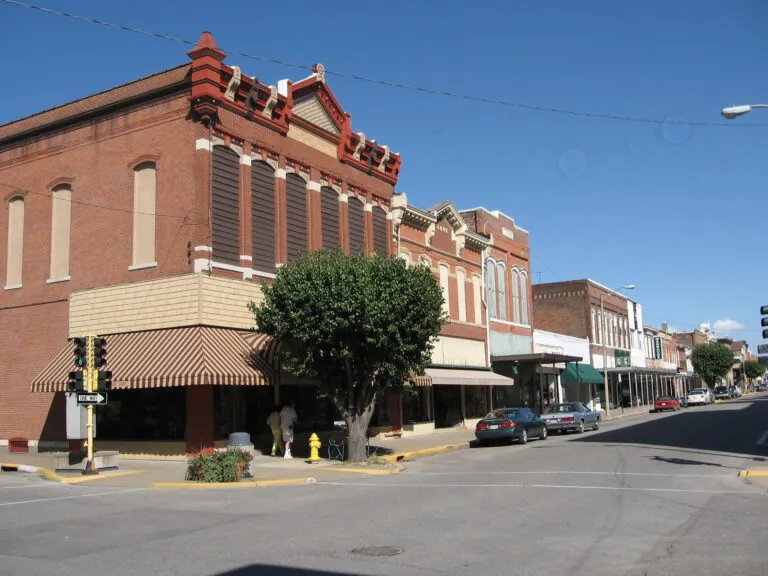This California City Has the Highest Poverty Rate in the State – Here’s The Shocking Truth!
Nestled within the splendor of California’s Golden State, a troubling undercurrent of socioeconomic disparity challenges the narrative of prosperity. Despite the state’s reputation for vibrant culture, breathtaking landscapes, and a flourishing tech industry, the harsh reality of poverty persists, casting a shadow over its gleaming facade. In the vast landscape of this economically diverse state, certain cities find themselves grappling with the weight of poverty, and among them, Los Angeles stands out with the unenviable title of the highest poverty rate in California. This article delves into the complexities of the socioeconomic landscape in this iconic city, shedding light on the challenges faced by its residents and exploring the factors contributing to its elevated poverty rates.
| County | Poverty Rate |
|---|---|
| Los Angeles County | 22.7 |
| Fresno County | 21.4 |
| Sacramento County | 18.2 |
| San Diego County | 15.3 |
| San Francisco Bay Area | 12.5 |
Los Angeles: A City of Contrasts
Los Angeles, the sprawling metropolis of Southern California, is a land of extremes. It boasts the entertainment industry’s glitz and glamour, the allure of Hollywood, and the entrepreneurial spirit of Silicon Beach. Yet, amidst this backdrop of success lies a pervasive undercurrent of poverty. According to the Public Policy Institute of California (PPIC), Los Angeles County has a poverty rate of 22.7%, significantly higher than the state’s overall rate of 16.1%.
The Factors Driving Poverty
Several factors contribute to Los Angeles’s high poverty rate. The city’s soaring housing costs are a major factor. The median home price in Los Angeles is over $600,000, far exceeding the national average. This astronomical cost of living places immense pressure on low-income residents, forcing them to allocate a disproportionate share of their income towards housing, leaving little room for other essential expenses such as food, healthcare, and education.
The city’s economic landscape also plays a role in exacerbating poverty. While Los Angeles is home to a thriving tech industry, this sector primarily benefits high-skilled, high-income earners. The majority of Los Angeles’s workforce is employed in lower-paying service industries, such as retail, hospitality, and construction. These jobs often lack benefits and provide limited opportunities for advancement, keeping many workers trapped in a cycle of low wages and financial insecurity.
The Impact of Poverty
The consequences of poverty are far-reaching and deeply affect the lives of individuals, families, and communities. Poverty limits access to quality education, healthcare, and nutrition, perpetuating a cycle of disadvantage. Children growing up in poverty are more likely to experience developmental delays, face academic challenges, and struggle with mental health issues. These challenges often carry over into adulthood, limiting employment opportunities and perpetuating the cycle of poverty.
The Road to Alleviation
Tackling Los Angeles’s poverty crisis requires a multifaceted approach that addresses the underlying causes of poverty and provides support for those in need. One crucial step is addressing the city’s housing crisis by expanding affordable housing options and implementing measures to control rent increases. Additionally, investing in job training and education programs can equip individuals with the skills necessary to secure higher-paying employment.
Furthermore, strengthening social safety nets, such as food assistance and healthcare programs, can provide essential support for those struggling to make ends meet. These programs can help bridge the gap for low-income families and alleviate the immediate burden of poverty.
Conclusion
Los Angeles’s high poverty rate is a complex and multifaceted issue with no easy solutions. However, by addressing the underlying causes of poverty and providing targeted support, the city can begin to make a meaningful difference in the lives of its most vulnerable residents. Creating a more equitable and just Los Angeles requires a concerted effort from policymakers, community organizations, and individuals alike, all working towards a future where poverty is no longer a barrier to opportunity.
FAQ’s
Q: What is the poverty rate in California?
A: The poverty rate in California is 16.1%. This means that 16.1% of Californians live below the poverty line, which is the income level at which a family’s needs are considered to be unable to be met.
Q: Which California city has the highest poverty rate?
A: Los Angeles has the highest poverty rate in California, with a poverty rate of 22.7%.
Q: What are the factors that contribute to poverty in California?
A: There are many factors that contribute to poverty in California, including:
- High housing costs
- Low wages
- Lack of education and job training
- Lack of access to healthcare
Q: What can be done to alleviate poverty in California?
A: There are many things that can be done to alleviate poverty in California, including:
- Investing in affordable housing
- Raising the minimum wage
- Expanding access to education and job training
- Expanding access to healthcare







